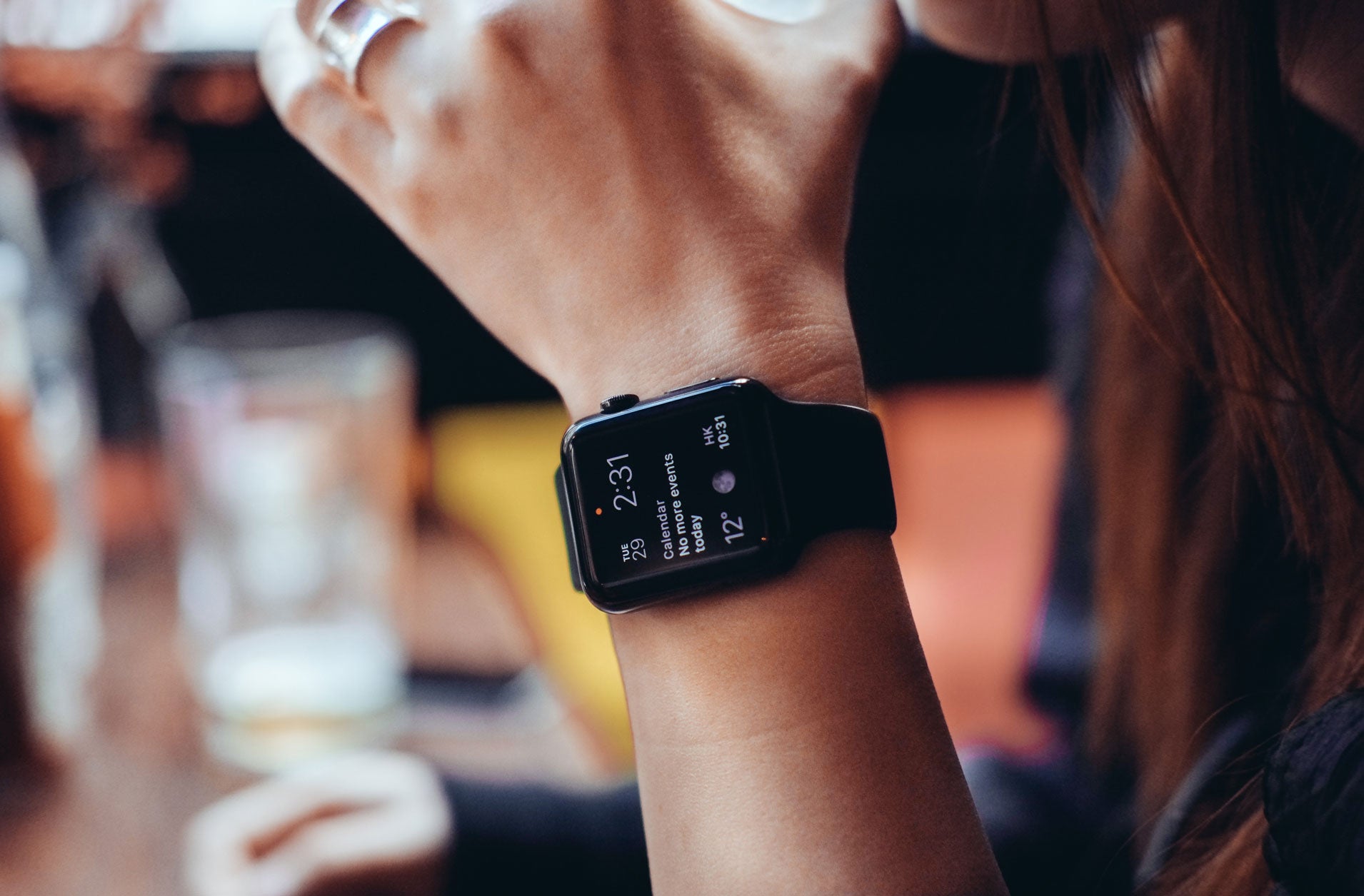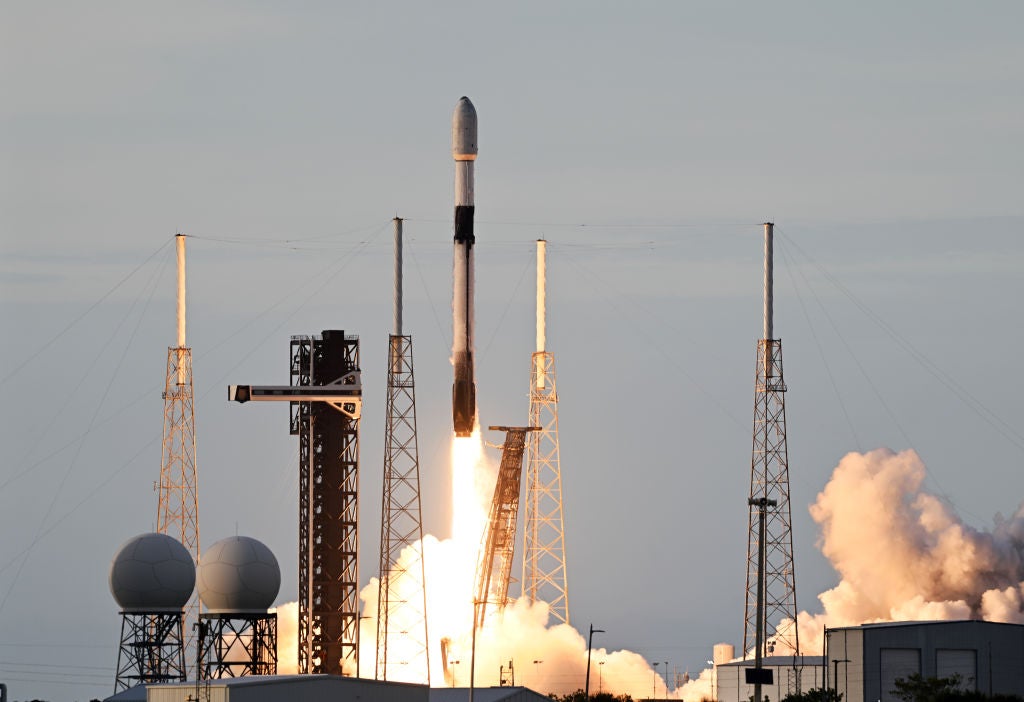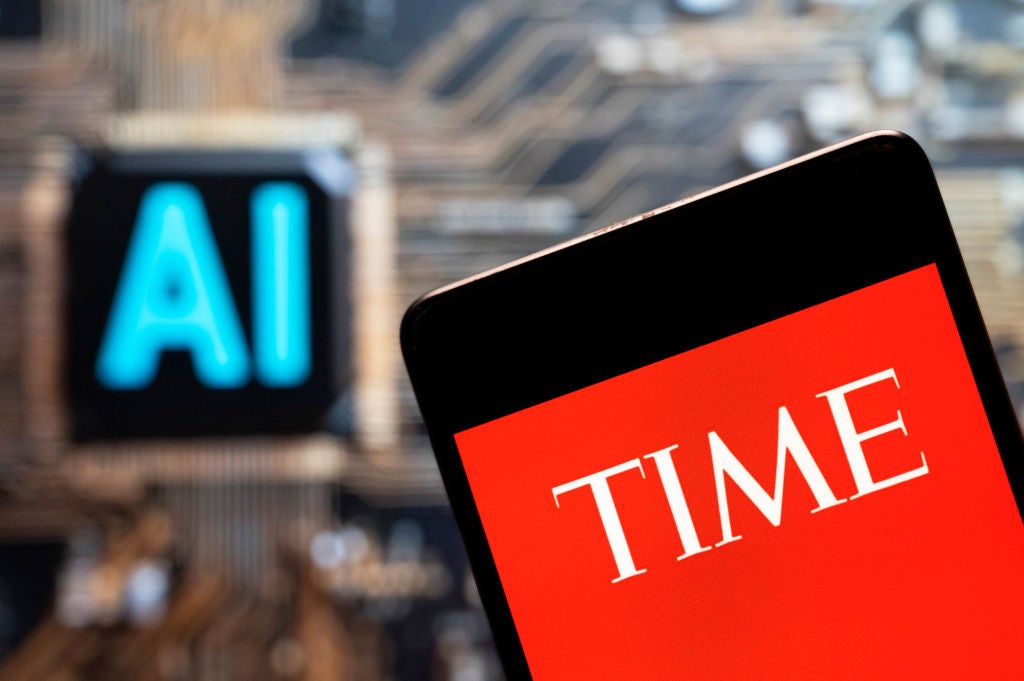
Despite waning consumer interest, the wearable technology market remains strong, with wearables shipments passing 100 million units in 2018 for the first time.
According to Futuresource Consulting, the total number of units shipped hit almost 105 million, representing a 10% rise from the previous year.
Notably, the price of each device has actually risen, suggesting that consumers are opting for premium products in the wearable technology space.
“Not only are shipments on the increase, but we’re also seeing a rise in the average selling price,” said James Manning Smith, wearables expert and market analyst at Futuresource.
“As a result, last year’s global retail value exceeded $19bn, equating to a 17% increase in value, outstripping the increase in shipments by some way.
“This price rise is largely thanks to increasing demand for smartwatches and a parallel stagnation of activity trackers and sports watches, plus a declining interest in basic fitness devices.”
How well do you really know your competitors?
Access the most comprehensive Company Profiles on the market, powered by GlobalData. Save hours of research. Gain competitive edge.

Thank you!
Your download email will arrive shortly
Not ready to buy yet? Download a free sample
We are confident about the unique quality of our Company Profiles. However, we want you to make the most beneficial decision for your business, so we offer a free sample that you can download by submitting the below form
By GlobalDataWearables shipments see Apple lead on watches
Smart watches remain one of the biggest wearables segments, with Apple taking the crown as the single biggest supplier, totalling 20 million units of its Apple Watch across 2018.
However, several other companies are gaining ground, with Xiaomi seeing their own numbers grow significantly across the past year.
Fitbit and Fossil are also challenging the tech giant, with the former offering attractive pricepoints and the latter offering choice and luxury.
“There’s still plenty of competition in the segment,” said Manning Smith.
“I expect to see increased investment in the product area, fuelling a battle for health and fitness feature inclusion and improvement across a range of devices.”
Towards standalone wearables
However, while numbers are increasing, there are challenges ahead.
Futuresource projects growth to continue to 2022, with wearables shipments hitting 145 million units that year. But it does anticipate a decline in growth rates from 2020.
Where there is key potential is in the nature of wearable devices. While the vast majority are currently tethered to other devices, primarily smartphones, the company anticipates a growing number of products that are used by themselves.
“A key question in the industry is at which point we will see wearable devices shift from being a fitness or mobile accessory, towards becoming a standalone device,” said Manning Smith.
Read more: Smart rings will be the wearable of choice in 2019







